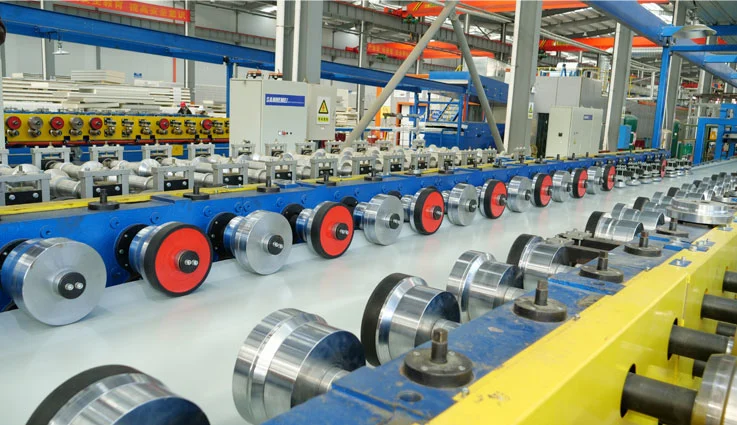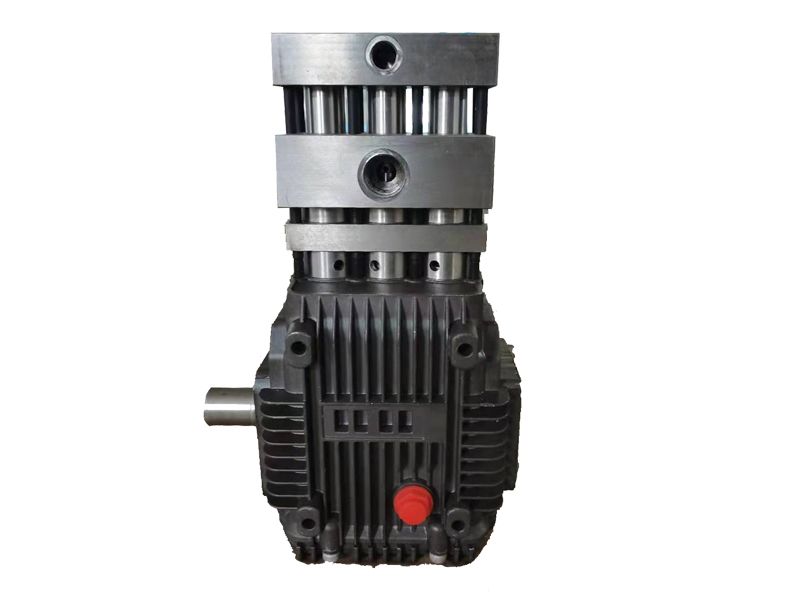plunger pump
A plunger pump is a positive displacement hydraulic pump. Its core operating principle is that a reciprocating plunger within a cylinder changes the volume of a sealed working chamber, periodically drawing in and out fluid, converting the mechanical energy of a prime mover (such as a motor or engine) into the pressure energy of the fluid. Simply put, it's like a "precision syringe pumping water with a piston," drawing in and out fluid through the reciprocating motion of the piston, generating very high pressure.A plunger pump primarily consists of the following components and is categorized by structure into axial and radial types, with axial types being the most common.
1. System Structure (Taking the Swash Plate Axial Piston Pump as an Example)
Main shaft: The power input shaft, driven by the prime mover.
Cylinder: Connected to and rotating with the main shaft, it has multiple precision plunger holes distributed around its circumference.
Plunger: Installed in the cylinder bore, typically seven or nine (an odd number facilitates pressure stability).
Slipper: Attached to the plunger head, it contacts the swash plate.
Swash plate: A fixed or variable-angle circular plate. Its tilt angle determines the reciprocating stroke of the plunger.
Port plate: A key, stationary component, tightly fitted to the rotating end face of the cylinder. It has two crescent-shaped windows, corresponding to the oil intake and discharge ports.
2. Operation (“Suction-Compression” Cycle)
Suction Process: As the main shaft rotates the cylinder body, the plunger extends outward under the action of a return mechanism (such as a spring or return plate). The volume of the sealed chamber at the bottom of the plunger increases, creating a partial vacuum. Liquid is then drawn into the cylinder body through the oil intake window of the port plate.
Compression Process: As the cylinder body continues to rotate, the plunger, constrained by the swash plate, is pushed back into the cylinder bore. The volume of the sealed chamber decreases, compressing the drawn-in liquid and discharging it at high pressure through the oil discharge window of the port plate.
Variable Principle: By changing the swash plate’s inclination angle, the plunger’s reciprocating stroke can be varied. A greater stroke increases the amount of oil drawn in and out each time, and the pump’s output flow rate increases; vice versa. When the swash plate angle is zero, the stroke is zero, and the output flow rate is also zero.
You Might Also Like
Send Inquiry








